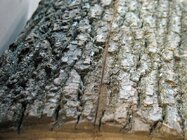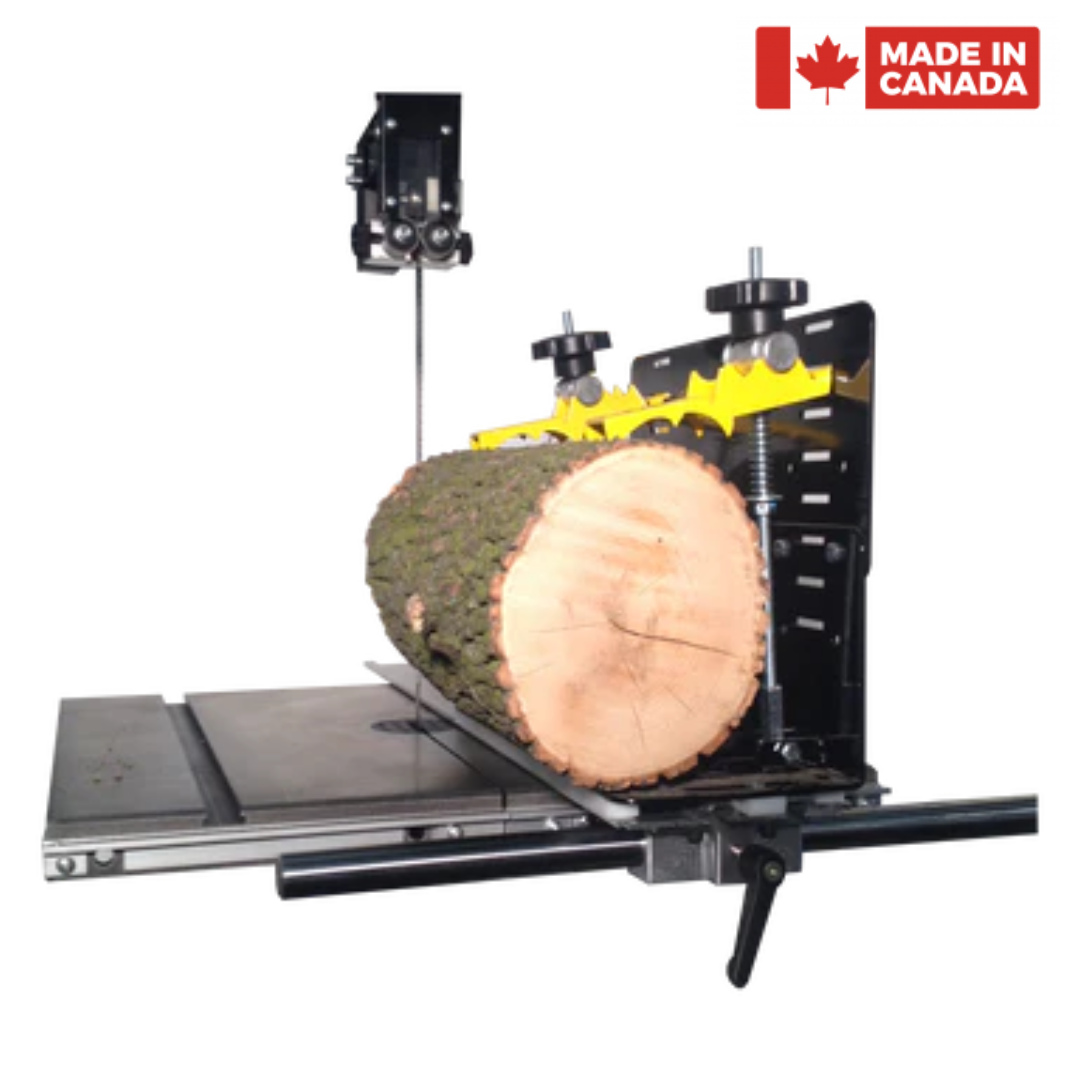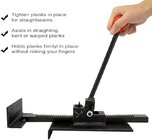Hi. Wondering if anyone uses a sled of some kind on their bandsaw for holding roundwood stable when milling for bowl blanks. And if so, can you share any pics or plans you might have for them?
Recently destroyed a bandsaw blade when a round shifted and grabbed. Glad it wasn’t my hand. Live and learn.
Thanks.
Recently destroyed a bandsaw blade when a round shifted and grabbed. Glad it wasn’t my hand. Live and learn.
Thanks.




